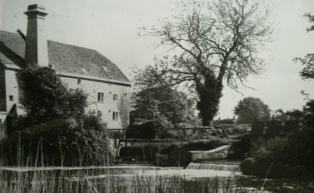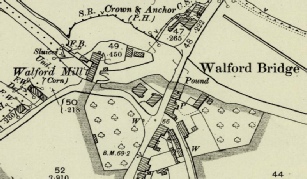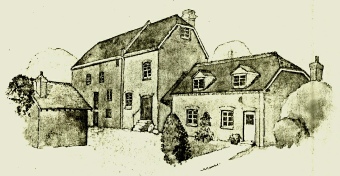





History Trail
 Town Map
Town Map

Tree Trail



///stud.refusals.withdrew



Walford Mill
In David Popham's book 'The History of Wimborne' there is a reference to a 'mille at Wimburn Town Centre end' which is believed to refer to Walford Mill in the 16th century. This was written by John Leland whilst on his travels reporting on Church and Cathedral documents for Henry Vlll. John Leland was tasked with finding important historical documents from many monastic sources and between 1533 and 1536 travelled the country. In that time he ‘saved’ many manuscripts and early historical writings from being lost. After the ‘Dissolution of the Monasteries’ in 1536 Leland distanced himself from collecting in monastic libraries and wrote about places, buildings and country life. That would put Leland in ‘Wimburne’ and at Walford between 1539 and 1543.
By this time as well as corn grinding a ‘tucking mill’ had been added as Wimborne was heavily involved in the wool trade and ‘tucking’, which had previously been done by beating or walking on cloth to clean it, was now done mechanically by water mills driving pounding hammers. It is thought that at this time the mill was powered by two undershot waterwheels of about 2.4 metres in diameter and running in parallel -
The existing main building most likely dates from 1760/1770; certainly old maps (1775) in the county records show buildings sited in the same position so that might be considered
a fair assumption. There is however no evidence left in the building of this or earlier periods other than possibly reused wooden structural beams inscribed with carved 17th Century dates.
Between 1880 and 1905 the building was extended and the chimney added serving a boiler and a steam engine; insurance for when the river levels were low. Two new turbines replaced the old mill wheels -
The mill complex has had a long and varied history and was still producing animal feeds for the local farmers in its final operating years until it ceased operation as a working mill around 1966. The freehold interest in the site however remained with Lord Bankes whose large estate was based at Kingston Lacy -
to the National Trust.
In this map for the late 1880s the much wider River Allen circles around the mill stream -
Water some years ago.






